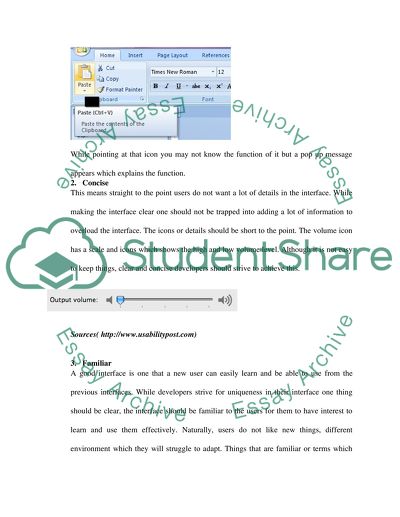Cite this document
(“Qualitative Interface Evaluation Essay Example | Topics and Well Written Essays - 2000 words”, n.d.)
Retrieved from https://studentshare.org/information-technology/1444960-qualitative-interface-evaluation
Retrieved from https://studentshare.org/information-technology/1444960-qualitative-interface-evaluation
(Qualitative Interface Evaluation Essay Example | Topics and Well Written Essays - 2000 Words)
https://studentshare.org/information-technology/1444960-qualitative-interface-evaluation.
https://studentshare.org/information-technology/1444960-qualitative-interface-evaluation.
“Qualitative Interface Evaluation Essay Example | Topics and Well Written Essays - 2000 Words”, n.d. https://studentshare.org/information-technology/1444960-qualitative-interface-evaluation.


